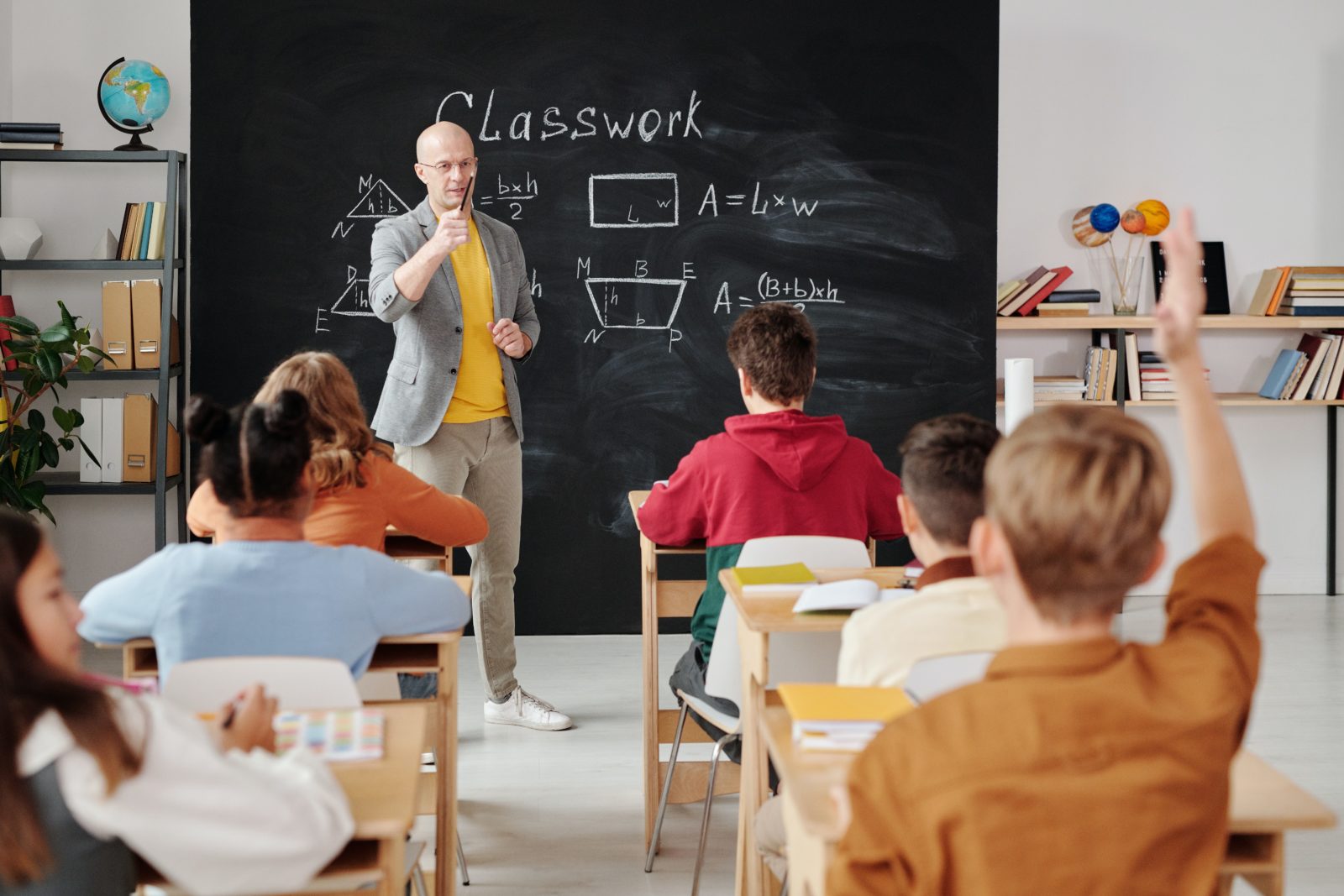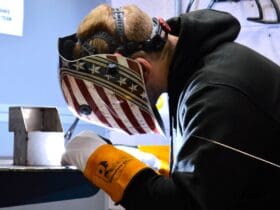Every year when these dates approach, I receive a flood of messages from people asking me for advice on how to choose the best school for their sons and daughters. Well, perhaps it is not exactly a flood, but the truth is that in recent years the number of messages from parents concerned about an issue that is, indeed, transcendental has been increasing. Boys and girls spend a lot of time in educational centers and face an increasingly diversified offer of educational options. I understand that the choice is not easy and that doubts assail us until the last moment.
These are the key points essay writer free would look at if he were to send a boy or a girl to school today:
1. Modality
I cannot say anything other than public. If I have to advise a modality, I will always recommend the public modality because no child will be accepted through a selection process. For me, this is reason enough, but in addition, the public school is more plural and accepts the difference. Therefore it educates for a society more by my ideals. If they are also yours and advocate an educational style in your home that is tolerant of differences, do not hesitate. Public school does not segregate by gender or religious choice.
On the other hand, in public schools, students and their families are not treated as clients but simply as people. Linked to this is the school schedule offered. Private schools are interested in extending this timetable and providing a whole series of supposed improvements, afternoons of study hours taken out of lunch, recreation, and rest hours. In my opinion, five hours in the school center dedicated to academics is more than enough. Children need to play and have an extracurricular offer free of cognitive issues and more focused on play.
As for teachers, I am not going to tell you that public schools are better for passing a competitive examination. However, I can attest that it is challenging and forces you to be a teacher with excellent quality. I know many teachers who work in private and public schools with excellent and temporary teachers in public schools who do not have a position. For the rest, my advice is always a public school, which should never be confused with a subsidized one, even if all of us fund it.
2. Educational project and ideology of the center.
Before choosing any school, it is essential to read the educational projects of nearby schools or those that, for whatever reason, are the chosen ones. I can not talk about issues such as the suitability of having a dining room or a plan for early risers. It depends on each family’s needs, but I recommend that you go to their website and download the EP.
What if they don’t have one? Request it from the center. If the center does not offer it, there is a transparency problem here. The logical thing is that all documents such as the Coexistence Plan, the Equality Plan, the Rules of Organization and Operation of the center, the Reading Project, etc., are available on the schools’ websites. In the absence of this type of mandatory documentation, I would think long and hard about it.
In the same way, it would be convenient to know what kind of ideology the school has. It is like a letter of presentation of the school in which we will find the values and fundamental pillars of its didactic execution. The curriculum is the same and obligatory for all schools, but working with the different contents will shape the style of the school.
3. Inclusion.
It is one of the critical points in my opinion when looking for a school regardless of whether your son or daughter is diverse or has cognitive or functional diversity. Why? Well, first of all, because any of us can start being diverse right now. A traffic accident, a stroke, or any minor circumstance that may cause diversity when relating to the stimuli around us is the reason why an inclusive center is always the best option.
In this educational center, education is provided in a more egalitarian way, never allowing anyone to be left behind, betting on giving each child what he/she needs. But also, these are centers that promote socialization based on respect for differences, which creates a diverse, progressive, modern, tolerant, respectful society.
It is also essential to know if it has a large number of AL and PT specialists. A three-year-old may have different speech and literacy difficulties that are invisible at school age, to name one example. Knowing that the center you have chosen has a well-established specialist support system is a peace of mind you can afford. I encourage you to do some research on this before making your decision.
4. Coeducation.
When choosing an educational center, another fundamental pillar is to know if it is a coeducational center that regularly works to smooth out gender differences. Whether you have a son or a daughter, keep in mind that a school with a project based on non-sexist education will be a place where education is based on respect and where stereotypes do not exist.
It must be considered that those of us who are now parents have been brought up in an education that tends towards masculinity. We have a whole series of stereotyped behaviors and conducts of which we are often unaware. In schools where the educational project revolves around combating stereotypes, dignifying women’s figures in different areas, giving visibility to the LGTBIQ+ collective, etc., a non-sexist coexistence will naturally occur, which will remain there for life the early years are fundamental.
5. Coexistence work.
It also seems to me fundamental the approach that the school center gives to the school coexistence. In this sense, you can know if a school is punitive or punishing or if, on the contrary, it promotes school coexistence through dialogue. Maybe you have not thought about it, but it is essential to know about the school rules about coexistence.
What kind of sanctions are applied in case of non-compliance with the rules? How do they solve conflicts? Are they going to punish my son or daughter, and in what way? Or is this center a place where a positive view of conflict is favored? What activities does the center propose for the prevention of conflicts? And for the prevention of bullying?
6. Lines, ratio, and teaching staff.
Also significant is the number of lines in the center. The school lines are the number of classrooms for each educational level and as a whole. That is to say, a center will be of line 1 or will have one line when of each story we only have one classroom or group of students. And although it is not an exact rule, the fewer lines, the more familiar the school is, the easier it is to manage, and I could say better. However, I reiterate that there are very numerous centers that, with good management, work to do wonders.
On the other hand, the school ratio is essential. That is, the number of students per classroom, although this is not the only measure to show the balance. In general, although it is not a magic recipe either, the lower the ratio, the better the school will be, as it will be more likely to guarantee individualized attention.
7. Facilities and environments.
It is a critical point that often decides above the others. It is not the most important, in my opinion, but it indeed is one of the most taken into account from ignorance.
It is essential or can be an academic advantage the presence of educational environments such as a supermarket where to work more realistic and manipulative mathematics, artistic or maker corner was to develop creativity and ingenuity, corners of coexistence and school mediation, etc.
Of course, the school playground is essential to me. The center needs to have a well-conditioned garden, green areas, different play corners, but above all, fairness. Ideally, it should have an inclusive playground system. No matter how good a school center maybe, if its playgrounds are not worked, in my opinion, it is a center with deficiencies.
8. ICT mastery.
It seems fundamental to me today. After the COVID situation, a type of educational center gaining popularity is the centers with active ICT projects. And well, in case of the need for blended or non-face-to-face teaching, it seems to be an excellent point to take into account. But, on the other hand, I consider that the continuous exposure to screens in kindergarten and primary school children is very harmful, so I would look for a healthy balance to this point.
In addition to information that can be obtained by knowing which ICT or robotics plans or projects, the school belongs to, another way to understand mastery in this area is to analyze the quality of its website and virtual classroom. Although this does not mean much in isolation, it can give us an idea of the ICT proficiency of a school’s faculty.
9. Openness to the educational community, transparency, participation.
It is also essential that the center is open and transparent, that they attend to your questions and concerns with interest and respect, and have ways for families to participate. In this sense, an active AMPA can be of great help, and if the relations with the center are fluid, even more so.
10. Methodology and grouping.
Although I am one of those who consider that more important than the methods are the teachers, in my opinion, I would not choose an educational center based on a single pedagogy. I have always considered that a style of education centered on a single pedagogy that discards everything else does not have a methodology.
I find the centers that work by projects interesting, but be careful because there can be a trap if the whole school works with this methodology perfectly. But if only one teacher is responsible for this, it is a lottery, and the transition from one course to another can be complicated.
And something significant related to the methodology is the groupings. If you have the opportunity to visit the center from the inside, take a look at the location of the tables. Although nothing is guaranteed, grouping in small groups is associated with more collaborative work in which students learn by interacting and sharing with their classmates. Isolated tables, on the other hand, will usually be a sign of individual and competitive learning.








Leave a Reply
View Comments